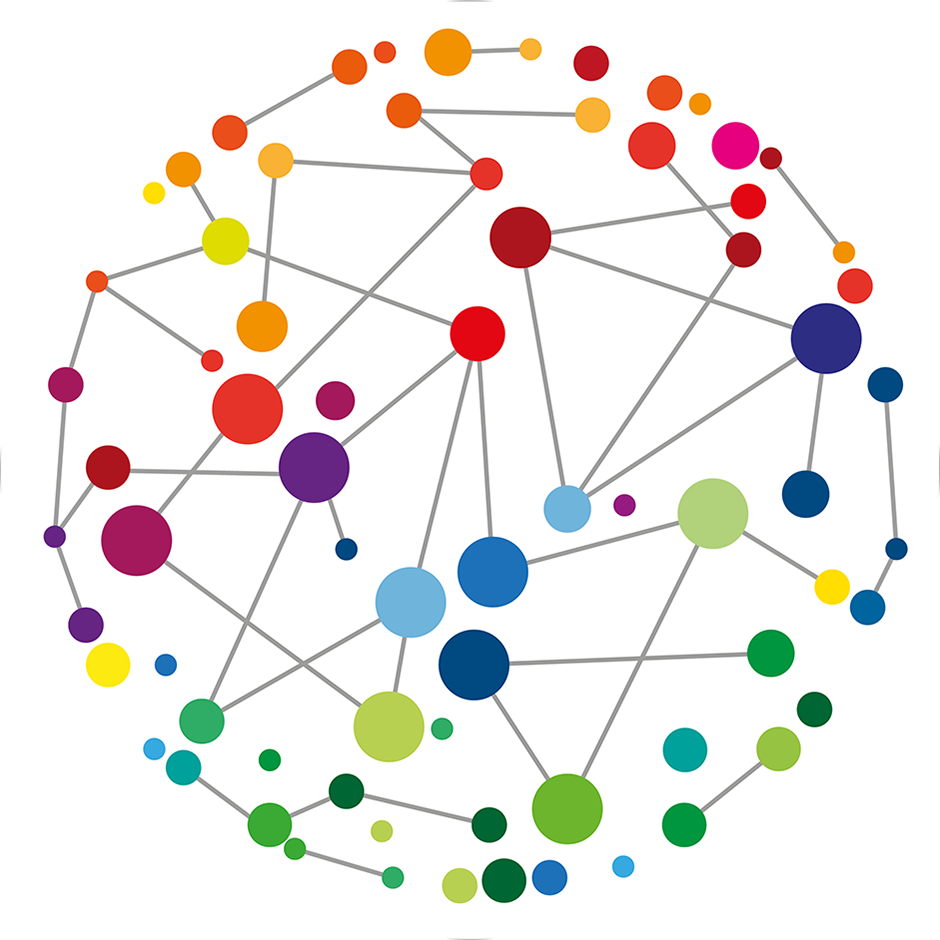What is the market expecting from a modern 3PL?

Historically when one thought of a 3PL (Third Party Logistics provider), terms such as storage capacity, number of loading bays and freight services sprung to mind. A modern 3PL however, needs to match physical attributes with the equivalent level of competence and capability in its IT systems and processes.
The WMS (Warehouse Management System) is the cornerstone of accurate order processing, pick, pack and despatch and will be visible at most points within the warehouse processes. The WMS should include multiple barcode scan step functionality that eliminates miss-pick errors and features such as cross-docking functionality to apply incoming stock directly to outstanding orders.Not only does this mean efficiency and quality but also real-time visibility of inventory movements and order processing. An extensible reporting dashboard is now becoming the norm for clients to see what is going on in a warehouse that could be in a different continent.
WMS reporting can use built-in templates and custom generated reports to keep clients fully informed.
The WMS is the cornerstone of accurate order processing, pick, pack and despatch and will be visible at most points within the warehouse processes. The WMS should include multiple barcode scan step functionality that eliminates miss-pick errors and features such as cross-docking functionality to apply incoming stock directly to outstanding orders. Not only does this mean efficiency and quality but also real-time visibility of inventory movements and order processing. An extensible reporting dashboard is now becoming the norm for clients to see what is going on in a warehouse that could be in a different continent. Reporting can use built-in and custom generated reports to keep clients fully informed.
The 3PL’s Warehouse Management System (WMS) should provide scalability and resilience necessary to support demanding ecommerce requirements, which might include hardware features such as server clustering, load balancing, database replication and monitoring. Of course the WMS may be cloud based where these services elements are taken for granted – if not beware of hardware failure which in the land of 24/7 ecommerce is not what you need.
Courier integration along with e-Commerce platform connectors to the WMS are now starting to set the advanced 3PL apart from the crowd. A WMS with a range of plug-ins from e-commerce shopping carts such as Magento or Shopify and channel managers such as ChannelAdvisor or Volo is now demanded. This enables straight through processing of orders as well as real time inventory updates to inform the online customers as well as assisting category managers with re-ordering activity.
The final mile delivery expectations now not only require the ability to offer for example a Royal Mail, Yodel, DPD or DHL service but smart shipping rules to select the right carrier based on a range of criteria eg. weight, value or destination. These rules may even operate in real-time and can be within the WMS itself or may use a 3rd party carrier manager service such as Temando or Metapak.
If your current 3PL is not providing the range of services you expect, then perhaps it’s time to have a look around and see what other options exist.


